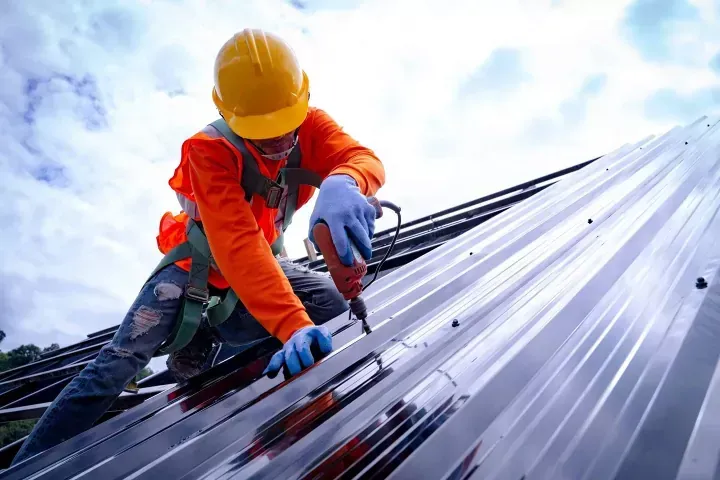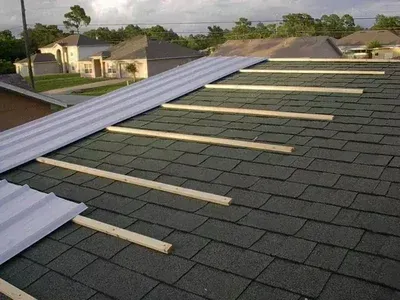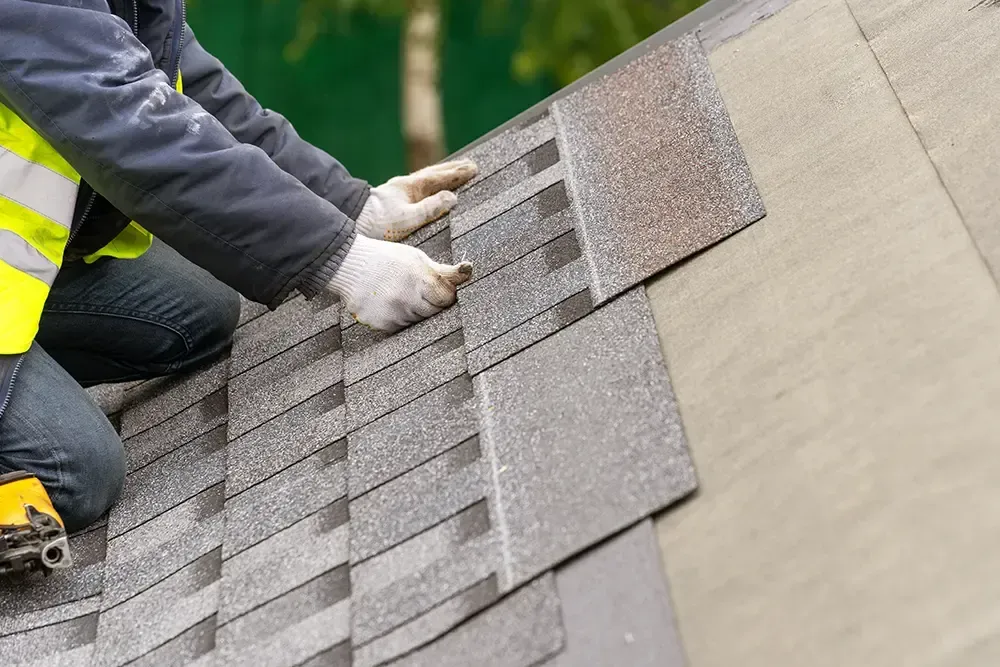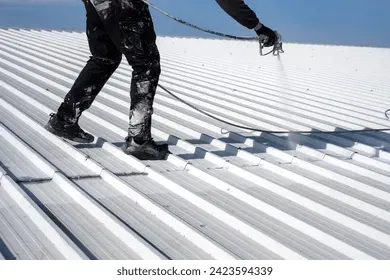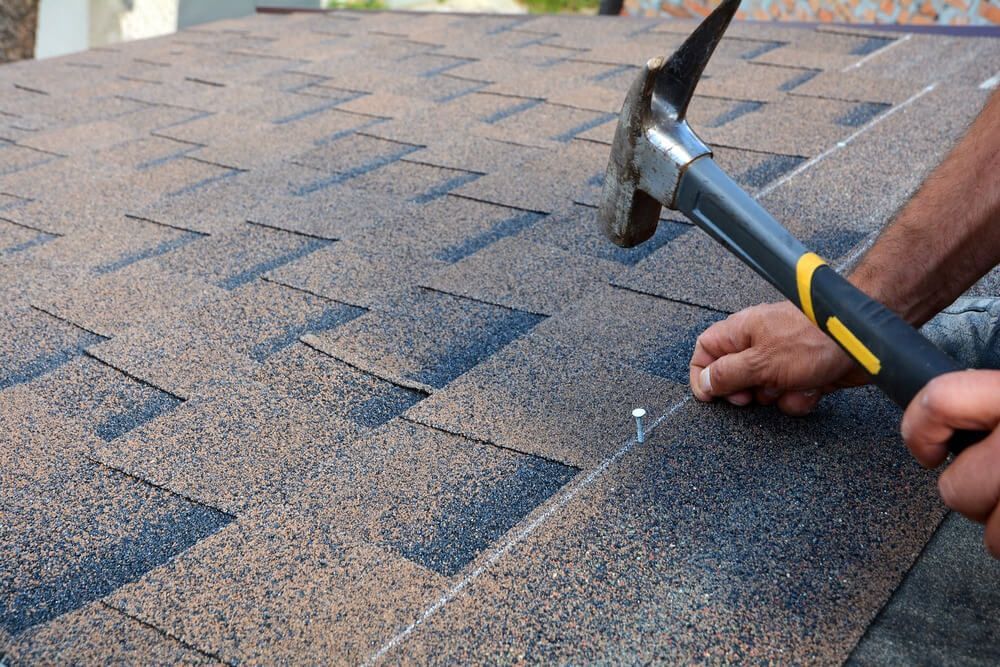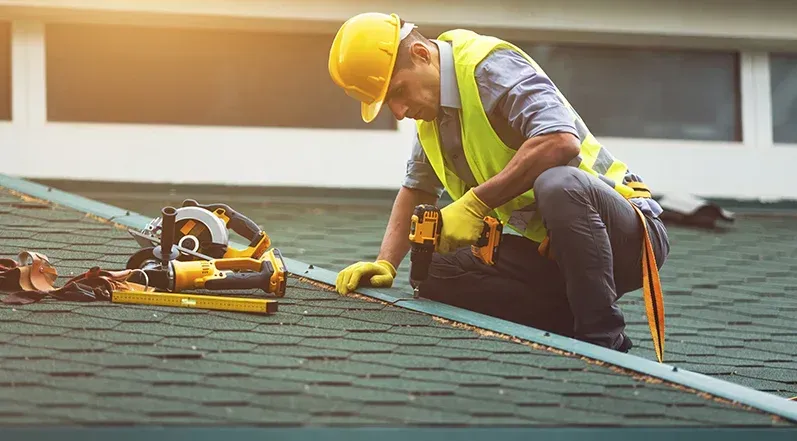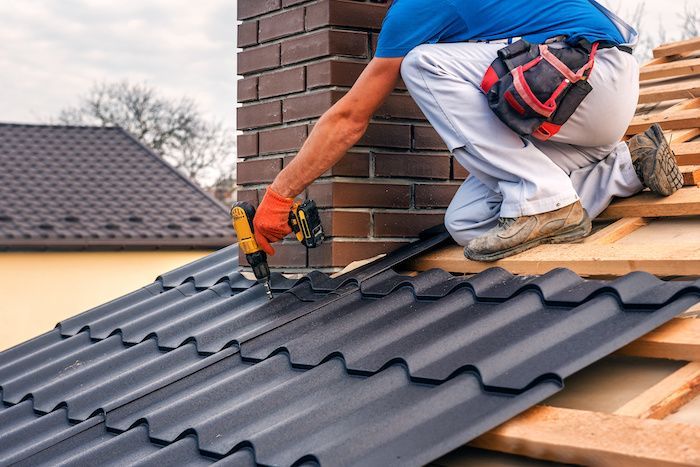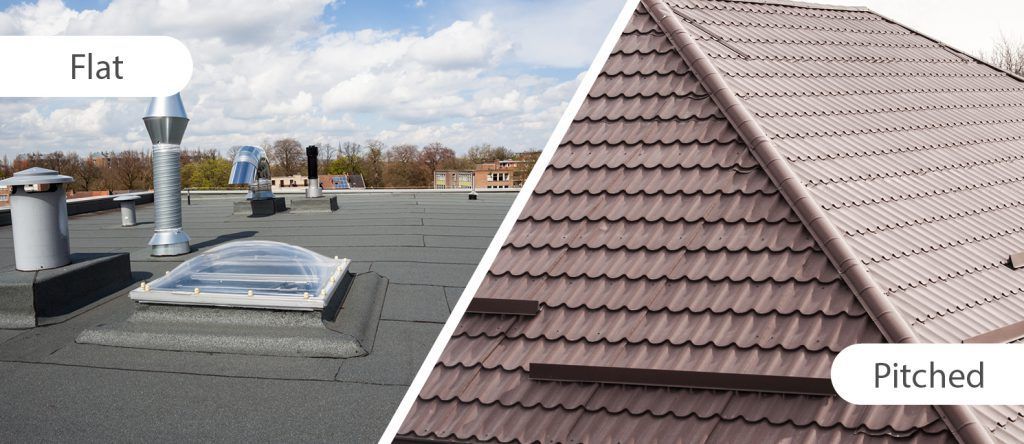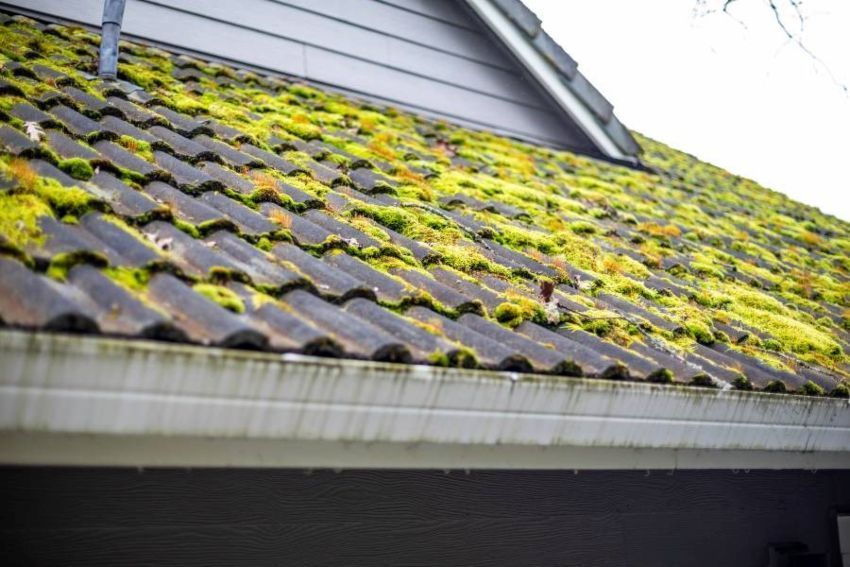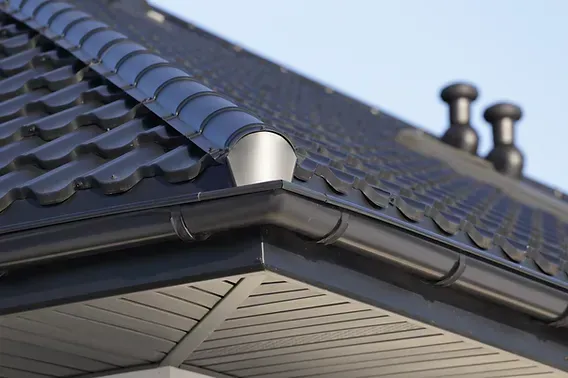Why Installing New Shingles Over Old Ones Is a Bad Idea
If your contractor suggests installing new shingles over old ones, it's important to say no. While this may seem like a time-saving and cost-effective solution, it's never been a good practice in roofing. Instead, insist on removing the old shingles before replacing them, as failing to do so can lead to significant long-term problems.
Problems with Layering Shingles
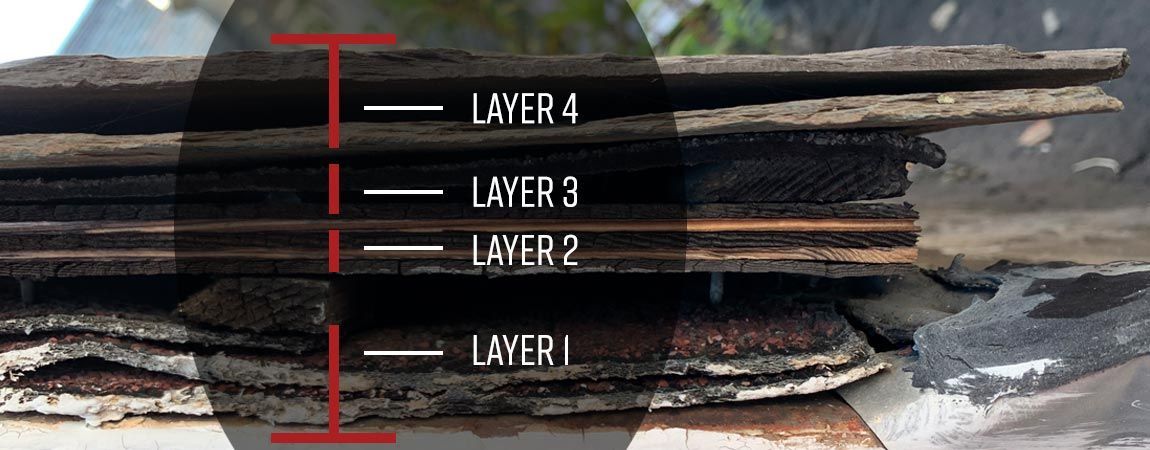
Layering shingles, while convenient, introduces numerous problems, including added stress to your roof's structure and a decreased roof lifespan. The idea behind this practice was to save time and money on labor by avoiding the removal of the old shingles. However, this method creates an uneven surface, causing the new shingles to sit improperly, which can lead to inadequate sealing and poor roof performance.
Historically, some roofing contractors believed layering shingles was a viable option, but as roofing materials and techniques have advanced, professionals now agree that it's not worth the risks. Layering new shingles can lead to issues such as added weight on the roof and improper sealing.
Risks of Installing Shingles Over Old Ones
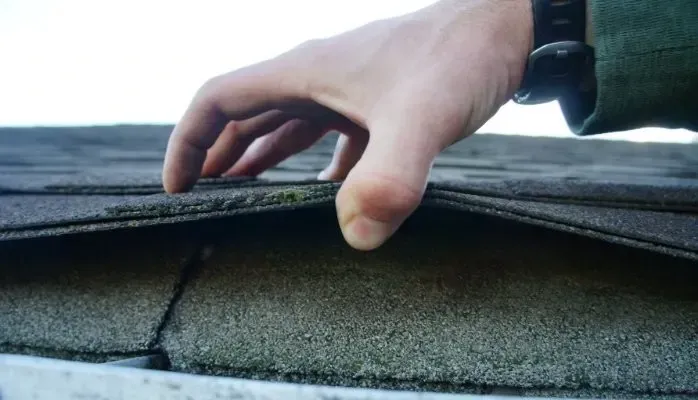
Installing new shingles over old ones presents several risks that can compromise the integrity of your entire roof. The most common issues include poor ventilation and the potential for leaks. When new shingles are layered on top of old ones, proper sealing is nearly impossible, increasing the likelihood of water infiltrating your roof. If you notice any
signs your roof needs repair, such as leaks or structural damage, addressing them before installing new shingles is crucial to avoid compounding the problem.
The primary risks include:
- Poor water drainage, which can cause leaks.
- Increased moisture retention, leading to mold and rot.
- Compromised roof ventilation.
Long-Term Effects of Double-Layering Shingles
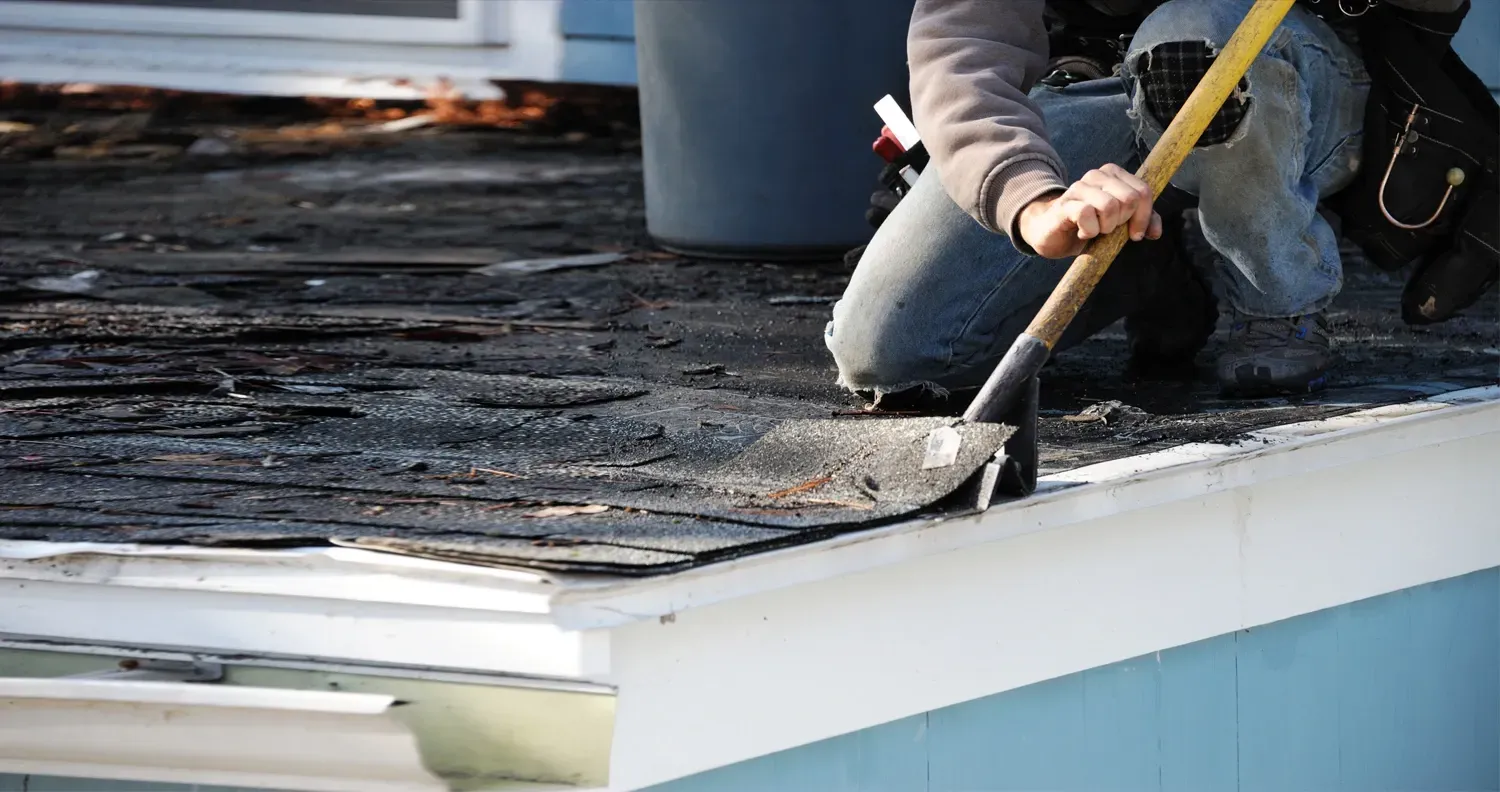
Double-layering shingles may seem like a temporary fix, but it often causes long-term damage that far outweighs the benefits. Over time, the added weight of two layers of shingles can put unnecessary strain on your roof's structure, leading to sagging, cracks, and even collapse in severe cases. Trapped moisture can also lead to rot and mold growth, which can spread throughout the home.
Additionally, double-layered roofs tend to perform poorly in terms of energy efficiency. Heat becomes trapped between the layers, causing higher energy bills due to the additional strain on your heating and cooling systems.
Roof Ventilation Issues
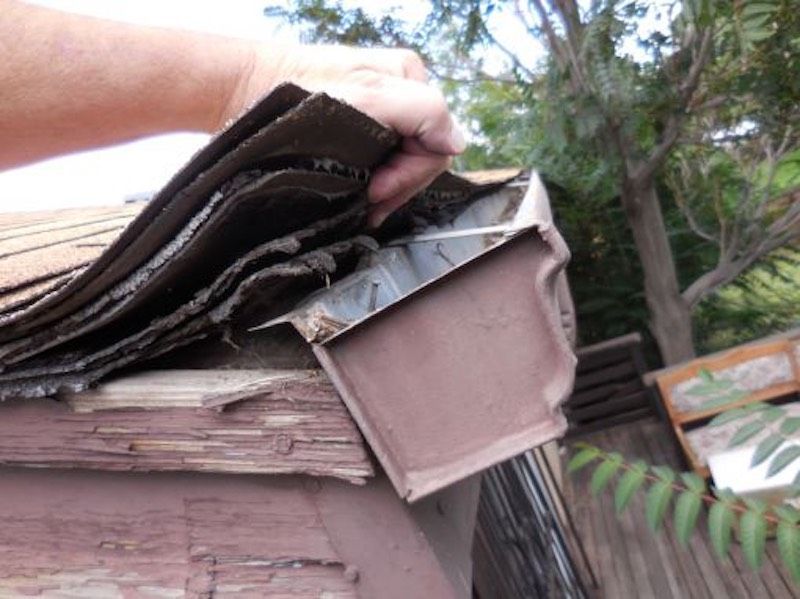
One of the primary reasons to avoid layering shingles is the ventilation issues it creates. A properly installed roof allows for natural airflow, which prevents moisture buildup and helps regulate attic temperature. When new shingles are placed over old ones, the airflow is restricted, leading to an overheated attic and trapped moisture. These conditions accelerate the deterioration of both layers of shingles and can even affect the structural integrity of your home’s attic and roof deck.
To avoid these problems, it’s always better to install recommended heat-resistant shingles as part of a complete re-roofing process. These shingles are specifically designed to handle high temperatures and improve airflow, ensuring the longevity of your roof while maintaining energy efficiency.
Why You Shouldn’t Put New Shingles on Old Ones
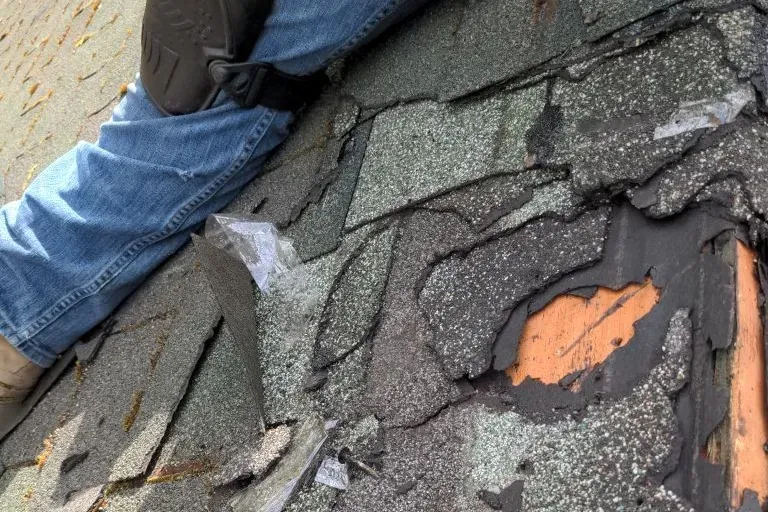
Simply put, putting new shingles on top of old ones can void your roof’s warranty and increase long-term costs. Many roofing warranties require that the old shingles be completely removed before new ones are installed. By ignoring this, you risk invalidating your warranty and losing protection against defects or premature roof failure.
In addition to the financial risks, double-layering shingles also leads to more frequent roof repairs, as these roofs are prone to leaks, mold, and decay.
Best Practices for Roof Shingle Replacement and Installation
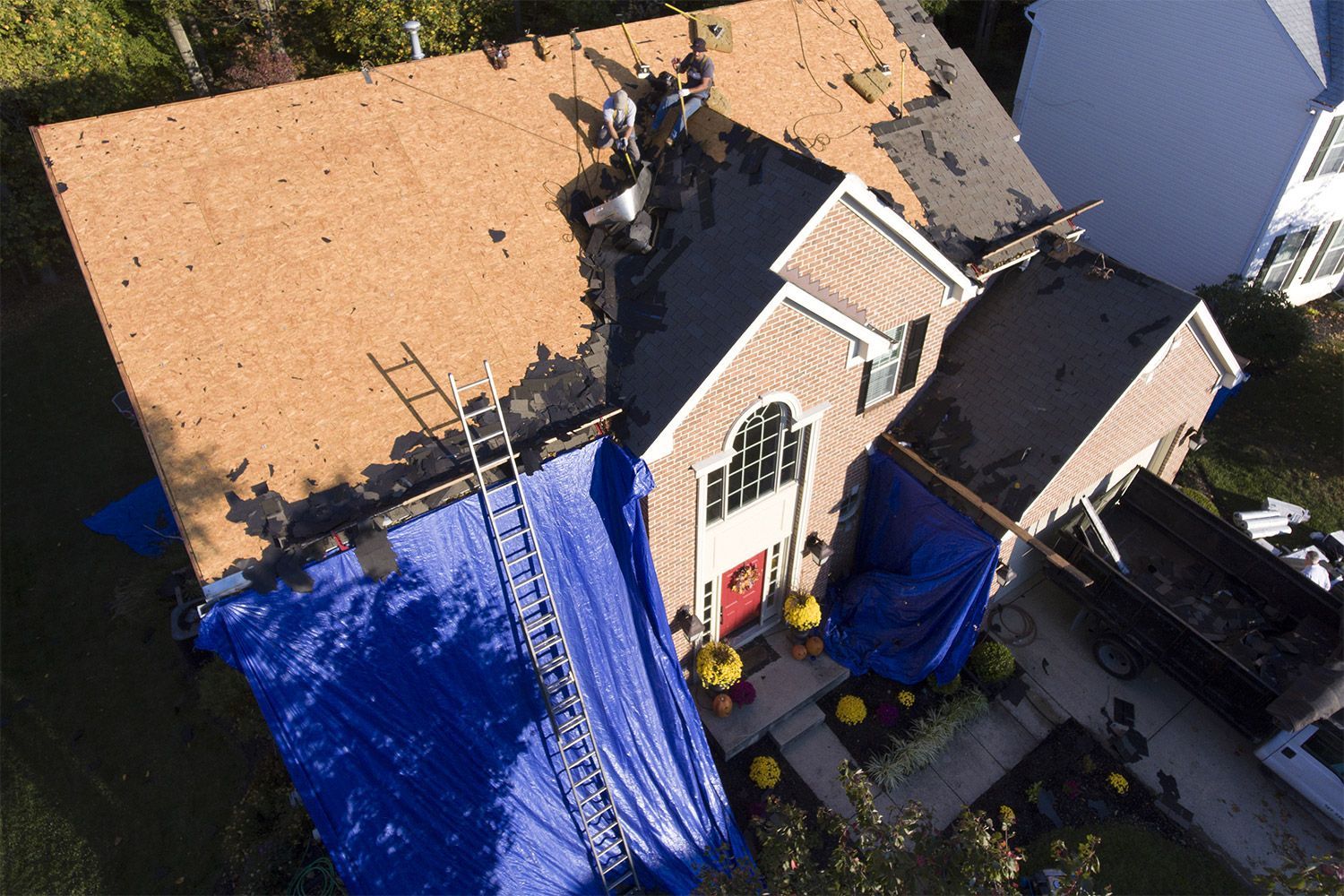
To ensure your roof lasts its full lifespan, following best practices for shingle
roof replacement and
installation is critical. The first step is to remove the old shingles completely, allowing for a thorough inspection of the roof deck and structure. This helps identify any issues,
such as:
- Rot or mold.
- Cracks in the roof deck.
- Weak points that need reinforcement.
Once these are addressed, a single layer of high-quality shingles should be installed to ensure proper sealing and optimal protection. Adequate ventilation and weatherproofing are also essential to ensure your roof's durability.
What Are the Risks of Layering New Shingles Over Old Ones?
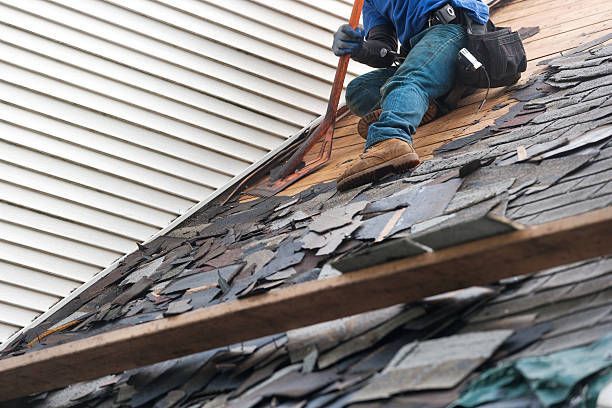
The risks of layering new shingles over old ones range from minor inconveniences to significant structural damage. Water damage is one of the most common problems, as leaks are almost inevitable with improper sealing. Trapped moisture accelerates the deterioration of your roof, increasing the risk of mold growth and structural damage.
Layering shingles also reduces your roof’s overall lifespan. A single-layer roof can last up to 30 years, while a double-layered roof may only last 10 to 15 years before needing replacement.
Conclusion
Installing new shingles over old ones may seem like a quick and cost-effective solution, but the risks far outweigh the benefits. From structural damage to energy inefficiency, the long-term effects of double-layering shingles can lead to more costly repairs and premature roof replacements. By following best practices, including the complete removal of old shingles and understanding whether you can install a metal roof on shingles, homeowners can ensure their roof is secure, durable, and built to last.

